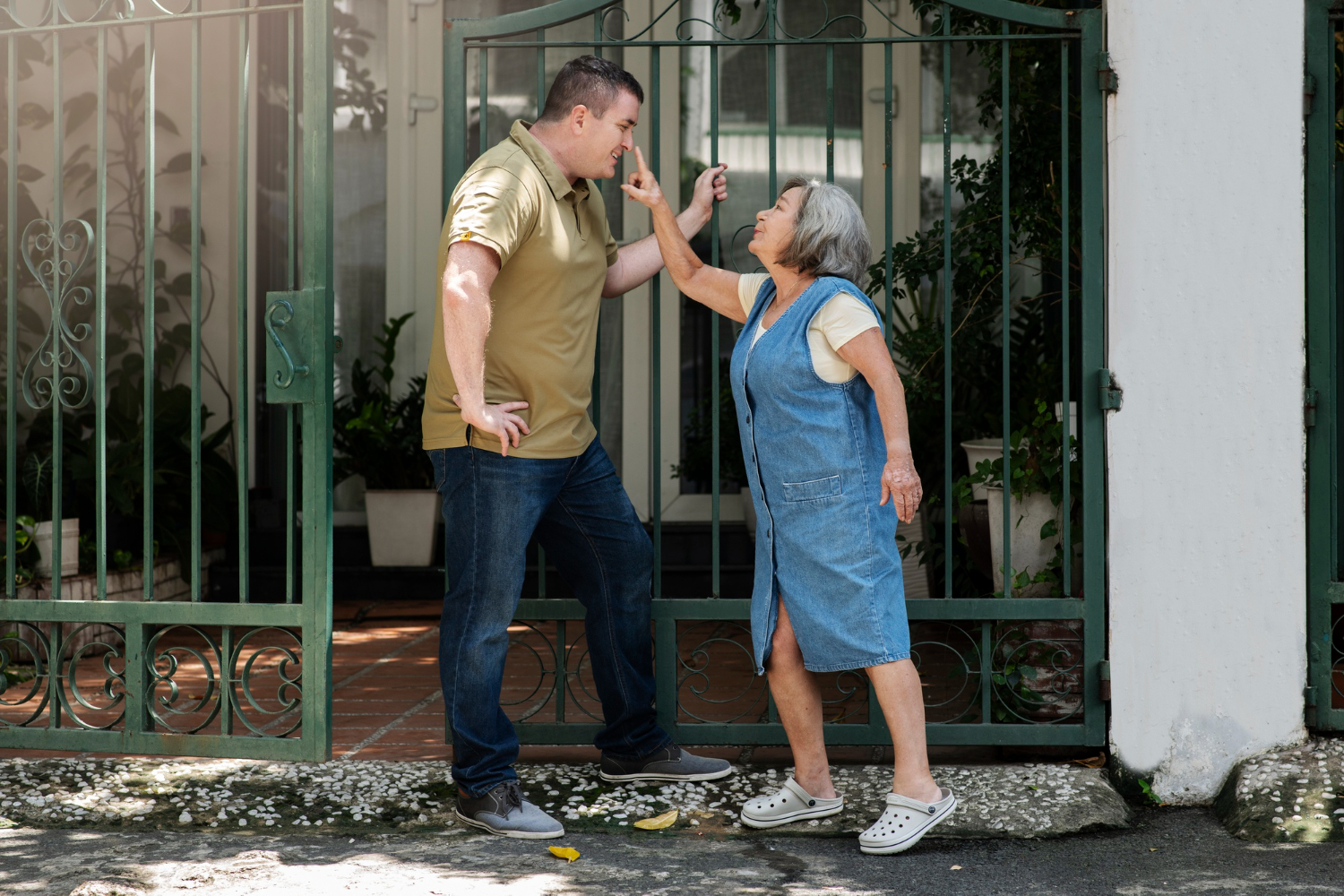Some Sacramento HOAs find their reserve funds do not stretch as far as expected. When money runs short, repairs get delayed, upkeep slips, and frustration grows around the neighborhood. The association reserve covers big maintenance jobs, like fixing roofs and replacing pavement. If the reserve runs dry, major work is postponed or handled with last-minute solutions, which usually does not help the community feel secure.
Most HOA boards want to keep things on track and plan wisely, but they can find themselves falling behind. It is tricky to know exactly how much to save or when conditions might change. One or two missed steps can leave everything vulnerable. This article walks through why some Sacramento associations run into reserve fund problems, how the region’s climate affects savings, and which steps make it easier to keep projects moving and the community comfortable.
How Reserve Funds Work in Sacramento HOAs
Think of the association reserve as a savings account set aside for big repairs and upgrades. This does not pay for routine monthly jobs like mowing grass or keeping the pool clean. It covers larger jobs that come up every few years, such as a new roof, fence repairs, updating lighting, or fixing sidewalks.
Sacramento board members set a plan for what will likely need attention over the next five, ten, or even twenty years. They rely on past experience and advice from professionals to guess how long things will last and what they might cost. Then the board puts money into the reserve regularly to prepare for those needs.
Sacramento’s weather speeds up this timeline. Hot summers and wet winters mean building materials face more wear and tear. Roofs, pavement, and exterior trim do not last as long as they might in milder places. That is why having a current association reserve, updated regularly through budgeting and on-site reviews, is not just a good suggestion for Sacramento HOAs. It is necessary to help keep things in working order.
HOA boards use reserve studies to guide their plans. A study lists out the big-ticket items, provides estimates for repairs or replacements, and suggests a timeline for when to expect the work. Keeping this report updated to reflect real wear and the current condition of community features is one of the easiest ways to stay in control.
AMC helps boards organize routine site inspections so nothing gets overlooked. Their community managers provide guidance on creating timely maintenance schedules that match Sacramento’s climate and building types, which adds extra confidence to the board’s planning process.
Common Reasons Reserve Funds Run Low
If there is a roadmap, how do some HOAs still fall short? Often, the trouble builds up over time.
Some older communities are using budgets put together years ago, and those figures do not match today’s costs. Sometimes, boards skip or postpone reserve studies, so plans no longer match the real condition of roofs, sidewalks, or amenities. An old reserve study can miss updates in pricing or changes in what repairs are needed after tough weather.
In other cases, the reserve fund looks steady on paper but just can’t cover what’s actually needed. Maybe the board underestimated the cost of new equipment or assumed something would last longer than it did. When a roof fails early or a fence collapses in a storm, the gap becomes clear.
Typical mistakes include:
– Using reserve studies more than five years old
– Relying on outdated replacement cost numbers
– Postponing reserve fund increases to avoid upset
Each of these issues might seem small at first. But if they happen together or repeat, the reserve will struggle to keep up. That leads to waiting on repairs, skipping upgrades, or facing big issues all at once. It leaves homeowners uneasy, knowing the community could face bigger problems down the road.
AMC provides budget planning that is built on years of managing properties in the Sacramento area. Their approach includes a mix of hands-on site visits and data from past repair cycles, so budgets stay realistic and easy to update.
How Sacramento’s Climate Impacts Reserve Planning
Sacramento’s climate is tough on shared spaces. Long, hot summers dry out roofs and crack pavement. Wet winters bring heavy rain and wind that challenge siding, trim, and fences. The sun and storms together shorten the lifespan of many features, especially if they face the street or southern exposure.
More upkeep is usually needed for:
– Roof shingles
– Wood fences and gates
– Painted surfaces exposed to rain and sun
– Concrete walkways that get extra hot or cold
Pools and clubhouses add to the challenge. Because many Sacramento HOAs keep amenities open year-round, water systems, pool pumps, and common bathrooms wear out faster. Small problems build up quickly and can turn into hefty repairs if not addressed on time.
Boards that use national averages or out-of-town data are likely to fall short. Local reserve studies, especially those that update after heavy winter storms or heatwaves, give a clearer picture. Not all communities do this, and when they do not, reserve funds can run out before the big repairs are finished.
To avoid surprises, reserve plans should always match Sacramento’s real weather. Paying attention to local forecasts and keeping studies up to date is the most direct way to spot trouble before it causes delays or extra costs.
When Boards Wait Too Long to Act
Even the best plans do not help when action is delayed. Sometimes boards hope costs might go down, or they wait for more information. But month after month, putting off big projects adds to risk.
Quick fixes rarely solve the root problem. Delayed work can turn a drip into water damage or small cracks into potholes. These emergencies almost always end up costing more, both in money and energy spent scrambling to fix something under pressure.
Waiting too long also wears down trust in the board. When neighbors see walking paths going unpatched, faded paint, or repeated leaks, they start to worry nothing will improve. That slows communication and makes it harder for the board to get support for future budgets.
Nobody likes raising dues or spending a lot all at once, especially if the issues seem minor now. Still, putting off repairs or updates drains the reserve faster. Areas that need steady attention keep getting worse, making it harder to catch up.
Boards do not need to fix everything right away. A steady plan, open updates, and support from experienced managers will help Sacramento HOAs stay on top of long-term repairs. Seeing the real pace of wear in the community makes it easier to budget and decide what comes first.
Peace of Mind Starts With Better Planning
Sacramento HOAs that review their association reserve on a regular schedule tend to face fewer headaches. Board members can make decisions with confidence, knowing the plan is based on real needs, not old numbers.
Strong planning keeps repairs moving at a manageable pace and helps shared spaces look cared for all year. Homeowners feel better when they see repairs happening on time and know nothing big is being left to chance.
Reserves are never a set-it-and-forget-it tool. Communities that succeed with repairs and updates check their estimates, update studies, and match repairs to real weather patterns. Boards do not need to know all the answers before starting. They do need a steady plan that fits Sacramento’s weather and the habits of their own community, one step at a time.
Sacramento boards facing delayed projects or low reserves need a clearer plan for long-term upkeep. At AMC, we help communities shape an association reserve that supports consistent maintenance and fewer surprises.





